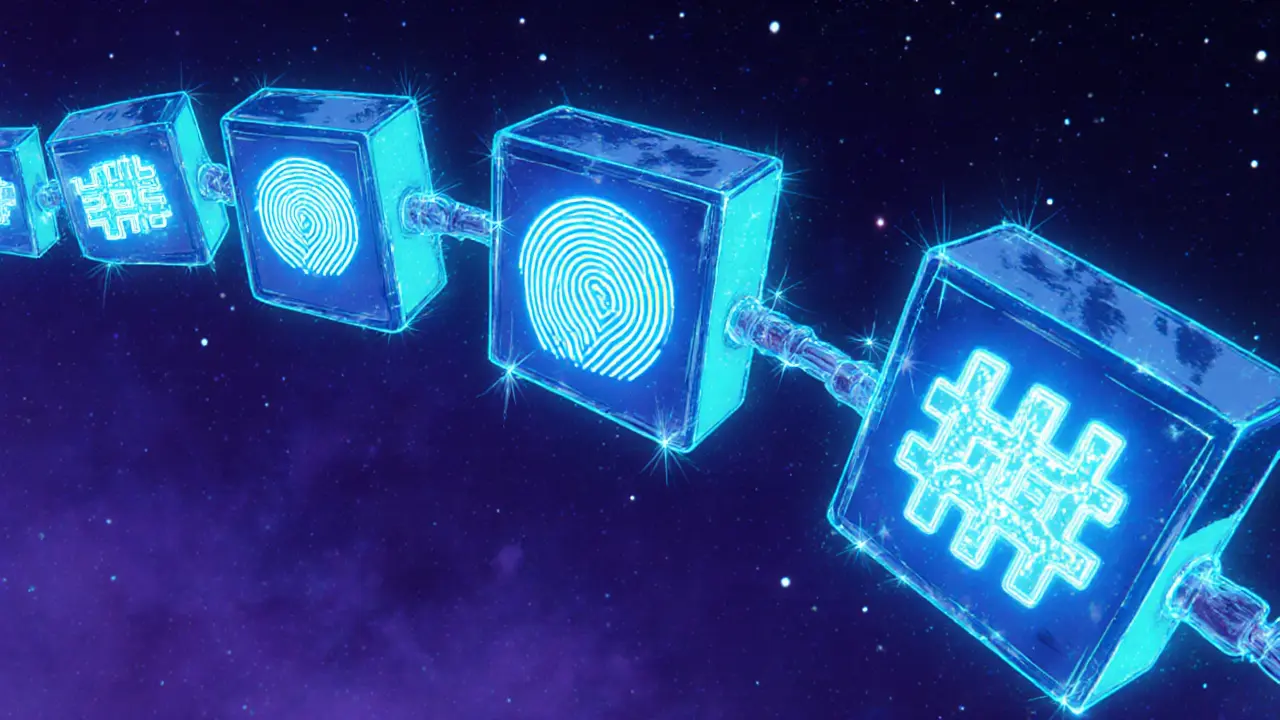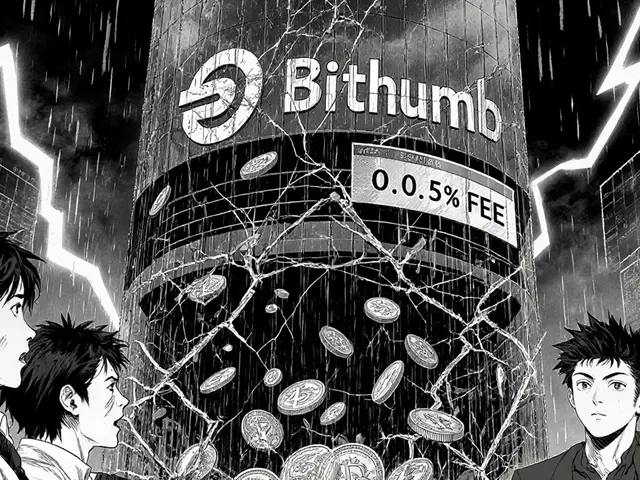Consensus Protocols: How Blockchains Agree on the Truth
When working with consensus protocols, the rules that let decentralized networks reach agreement on transaction order and state. Also known as consensus mechanisms, they are the backbone of any blockchain, ensuring security, reliability, and trust without a central authority. Consensus protocols encompass a range of approaches – most famously proof‑of‑work and proof‑of‑stake – each with its own trade‑offs in energy use, speed, and decentralization. Understanding these fundamentals helps you see why some chains can process thousands of transactions per second while others stay deliberately slow to stay secure.
Why the Choice of Protocol Matters
One of the most critical actors in a proof‑of‑stake network is the validator node. Validators lock up (stake) tokens, propose new blocks, and vote on the correctness of others’ proposals. Their incentives align with network health: they earn rewards for honest work and face slashing penalties for misbehavior. This model contrasts sharply with mining pools, groups of miners that combine computational power to solve proof‑of‑work puzzles more efficiently. By sharing rewards, pools lower the variance for individual miners, but they also introduce centralization pressures that can affect network resilience. Both validator nodes and mining pools illustrate how consensus protocols require specific participants and tools to function effectively.
Beyond the actors that drive consensus, the data structures they rely on are equally important. Merkle trees, cryptographic trees that let a network verify large data sets with a single hash provide the integrity checks that make rapid verification possible, whether in proof‑of‑work block headers or proof‑of‑stake state snapshots. The Stratum protocol, often mentioned alongside mining pools, defines how miners receive work assignments and submit solutions, streamlining the proof‑of‑work process. Together, these elements form a web of relationships: consensus protocols encompass proof‑of‑work and proof‑of‑stake; validator nodes secure proof‑of‑stake chains; mining pools enable efficient proof‑of‑work mining; and Merkle trees ensure the data each participant works with is tamper‑proof. Below you’ll find curated articles that dive deeper into each of these pieces, from airdrop guides to technical deep‑dives, giving you practical insights and actionable steps to navigate the ever‑evolving blockchain landscape.
Explore the technical tricks behind blockchain immutability, from cryptographic hashes to PoW and PoS, and learn why tampering is practically impossible.
Read More





